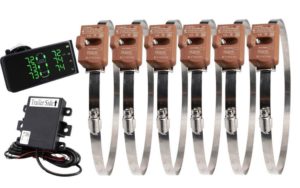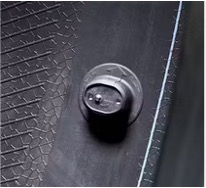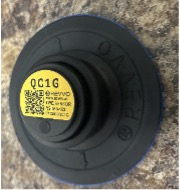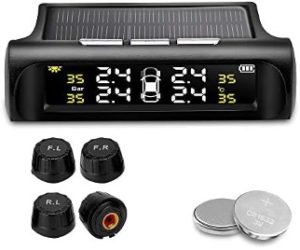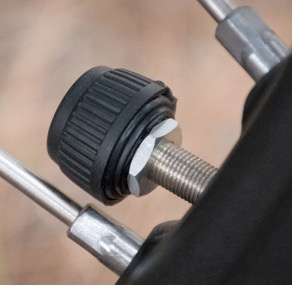In the automotive industry, Tire Pressure Monitoring Systems (TPMS) have become standard practice since 2009 when it became mandatory for all new passenger vehicles to be equipped with TPMS. This regulation marked a significant stride in enhancing vehicle and public safety. Over time, TPMS has evolved into various forms, including internal valve-mounted, rim band/strap-mounted, patch-style-mounted, and external valve cap systems. Notably, TPMS is now making inroads into motorcycles, powersports vehicles, and commercial vehicles, where it is poised to become mandatory.
Understanding the type of TPMS sensors your vehicle employs is essential for both safety and optimal system compatibility. TPMS installation can create tire balancing challenges, and using the correct products to address these issues is crucial for efficiency and a smooth ride.
Most Popular Type of TPMS: Valve Mounted
The most common TPMS sensor style is the valve-mounted sensor, prevalent in traditional passenger cars. Mandated in 2009, these sensors come factory-installed and can be replaced in the aftermarket when necessary. Positioned on the valve stem inside the wheel, they monitor tire pressures. While lightweight, they can amplify wheel and tire assembly imbalances. However, due to their placement, traditional balancing methods, such as standard wheel weights or balancing compounds, can be employed. Counteract Balancing Beads are a proven solution that efficiently balances the wheel assembly without causing damage to the TPMS sensor.
Band/Strap Type TPMS
Less common but present in the marketplace is the band/strap style TPMS. Typically retrofitted onto vehicles without factory TPMS, they are often found on commercial vehicles. These sensors, strapped to the wheel’s drop center, pose balancing challenges, which can be overcome using balancing beads or traditional wheel weights. The advantage of this TPMS style lies in its reduced susceptibility to damage during tire mounting or demounting.
New Tire-Mounted TPMS
A newer entrant to the market is the tire-mounted TPMS, primarily used in commercial vehicles. These sensors provide extensive data, monitoring pressure, heat, and tread depth. Some are integrated into tires by manufacturers like Continental. While an aftermarket exists, successful installation depends on the technician’s expertise. Counteract Balancing Beads are recommended for optimal balance, as tire and wheel imbalances are more pronounced due to the sensor’s location.
Valve Cap TPMS
Among aftermarket options, the Valve Cap TPMS is the most popular. Compatible with vehicles of any age or application, including motorcycles, trailers, and farm equipment, this system provides an accessible means of tire pressure monitoring. Similar to valve-mounted and rim-mounted sensors, the valve cap style facilitates easier tire balancing and is relatively lightweight, minimizing wheel/tire imbalance impact.



